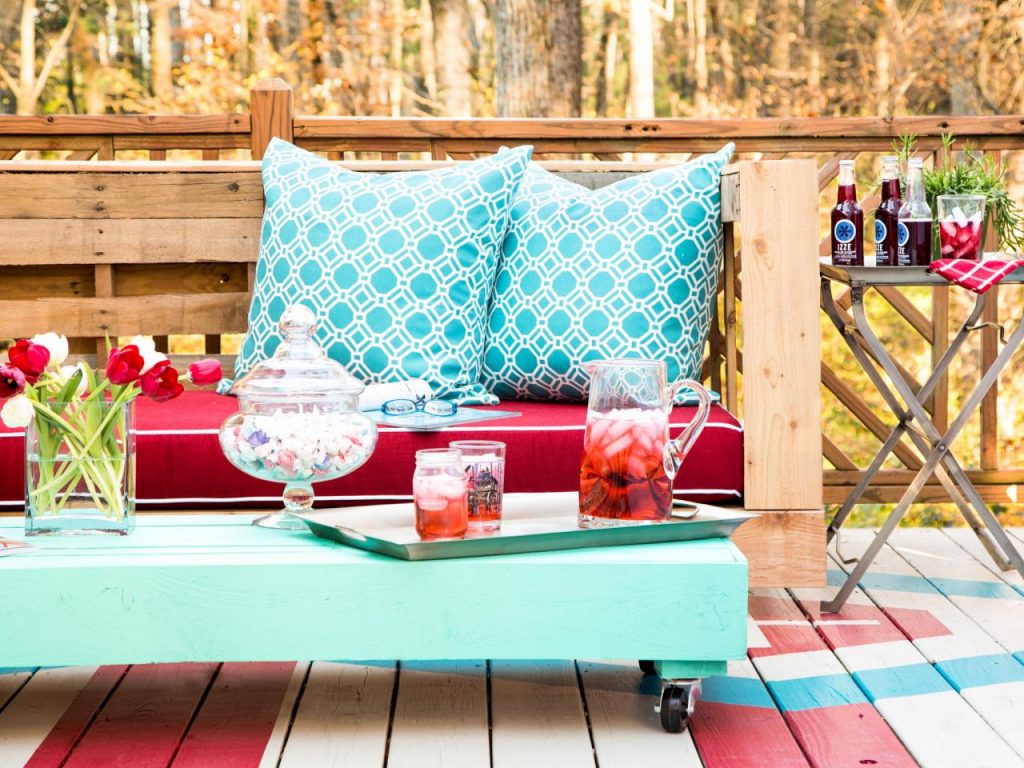Soins de l'épicéa de Serbie - Variétés, Culture, Maladies et Nuisibles
L'épicéa de Serbie est l'un des types de conifères les plus populaires et en même temps les plus durables. Son port extensif est parfait pour être planté dans une cour, car il constitue une belle décoration. L'épicéa de Serbie est également une plante de haie commune, grâce à laquelle on peut séparer sa propriété d'un voisin ou des piétons. Comment planter et entretenir l'épicéa de Serbie ? Découvrez ce que vous devez savoir à son sujet.

L’épicéa de Serbie - de quelle espèce d’arbre s’agit-il ?
L’épicéa de Serbie (Picea omorika) est une plante du groupe des conifères. Il appartient au sous-groupe des pinacées. Son habitat naturel se trouve principalement en Serbie et en Bosnie - d’où son nom. Dans de nombreux pays, il est cultivé comme plante décorative de jardin, principalement en raison de son apparence.
Selon l’endroit où pousse l’épicéa de Serbie, sa hauteur peut atteindre 30 mètres (98,4 pieds). Le taux de croissance annuel est assez rapide, ajoutant même 100 cm (3,3 pieds) par an. Grâce à cela, c’est l’une des variétés d’épicéas à la croissance la plus rapide au monde. Il est intéressant de noter que les aiguilles de l’arbre peuvent rester attachées même pendant 10 ans.
L’épicéa de Serbie est une plante à tronc unique, les cônes jaunes sont mâles, tandis que les cônes violets sont femelles.
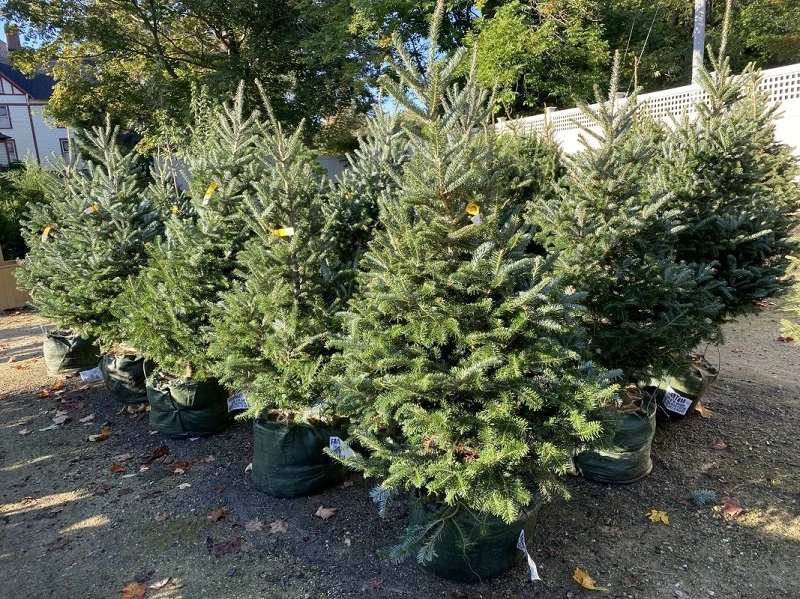
L’épicéa de Serbie - les cultivars les plus populaires
Il existe plusieurs variétés populaires d’épicéa de Serbie. Voici les plus couramment cultivées dans les jardins :
- Aurea - une variété à croissance lente atteignant jusqu’à 20 m de hauteur et 6 m de largeur. Les jeunes branches sont dorées et contrastent avec les aiguilles plus anciennes de couleur vert foncé.
- Gnom - c’est un cultivar à croissance très lente, au port dense et irrégulier. La partie supérieure des aiguilles est verte, tandis que la partie inférieure est bleue.
- Karel - une variété d’épicéa serbe nain qui ne dépasse pas 80 cm de haut. Ses branches sont très denses et ses aiguilles sont vertes et brillantes.
- Pendula - une variété à la couronne mince et étroite. Cette variété d’épicéa serbe peut atteindre 10 m de haut et ses branches poussent pratiquement sur toute la longueur du tronc.
Choix de l’emplacement et culture de l’épicéa de Serbie
L’habitat naturel de l’épicéa de Serbie est un climat froid avec des températures basses et de fortes chutes de neige. Grâce à cela, la plante est résistante au gel. Même des conditions très difficiles ne lui feront pas de mal.
Si vous avez décidé de planter un épicéa de Serbie dans votre jardin, vous pouvez choisir un emplacement ensoleillé, semi-ombragé ou ombragé. Choisissez un endroit à l’abri des fortes rafales de vent et protégez la plante des dommages potentiels.
Quant au sol, il doit être modérément riche et rocheux. N’oubliez pas les niveaux de pH corrects - l’épicéa de Serbie a besoin d’un pH neutre. Le sol dans lequel l’arbre va pousser ne doit pas être trop dense - cette variété d’épicéa a besoin d’un sol meuble et perméable.
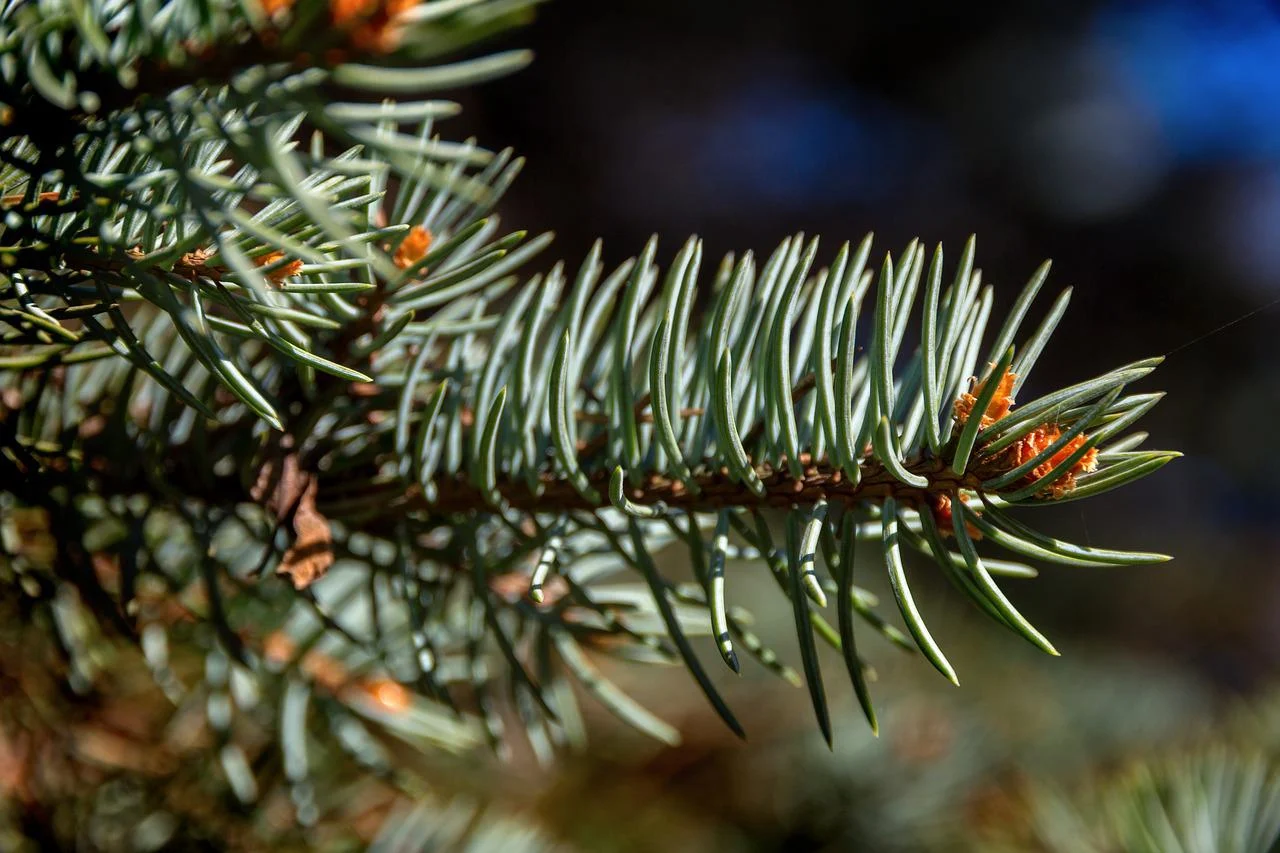
Épicéa de Serbie - comment le transformer en haie
L’épicéa de Serbie est une plante de haie parfaite. Vous pouvez l’utiliser pour créer une barrière vous protégeant du regard des voisins et des piétons, mais aussi du vent.
L’espacement entre les plants est l’un des aspects les plus importants d’un tel projet. Grâce à cela, la haie sera correctement dense. Vous vous demandez comment planter les arbres ? La meilleure solution consiste à planter les arbres tous les 50 centimètres (1,6 ft), car cela leur permet de se développer correctement.
L’épicéa de Serbie - quelle est la meilleure période pour le planter ?
L’automne est le meilleur moment pour planter des épicéas de Serbie, sans oublier que ces plantes n’aiment pas l’eau stagnante. Cela signifie que l’endroit où l’épicéa va pousser doit être préparé au préalable. Veillez à bien aérer le sol. Grâce à la couche de drainage constituée de pierres et de gravier, les racines de l’arbre seront maintenues dans de bonnes conditions, sans avoir à se soucier de niveaux d’humidité trop élevés.
L’épicéa de Serbie doit-il être taillé régulièrement ?
Si vous souhaitez faire une haie avec des épicéas de Serbie, pensez à les tailler régulièrement. Si elle est correctement entretenue, la plante pousse sainement et s’épaissit progressivement.
Gardez à l’esprit le taux de croissance rapide lorsque vous choisissez un épicéa de Serbie. Si vous voulez qu’il ait une certaine hauteur, sa cime doit être coupée une fois par an. Pendant les deux premières années, planifiez la taille au printemps. Au fur et à mesure que l’arbre se développe, la taille doit être effectuée lorsque la croissance annuelle de la plante ralentit.
Faut-il arroser ou fertiliser l’épicéa de Serbie ?
L’épicéa de Serbie ne nécessite pas d’arrosage ou de fertilisation supplémentaire. Mais il est recommandé d’arroser un jeune plant juste après l’avoir planté. Utilisez une couche de drainage pour protéger l’arbre d’une humidité excessive.
La plante n’a pas non plus besoin d’être fertilisée. Seuls les jeunes plants doivent être renforcés de temps en temps. Pour ce faire, utilisez des engrais spéciaux pour les conifères - ils nourriront parfaitement l’arbre.
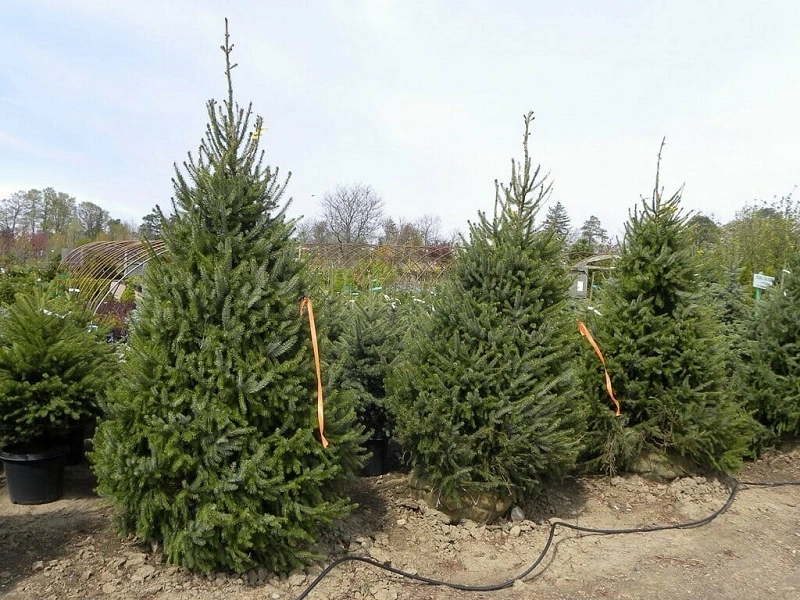
Épicéa de Serbie - semis et propagation de la plante
Vous pouvez obtenir de nouveaux semis de la plante en utilisant l’une des deux méthodes suivantes. Choisissez celle qui est la plus facile pour vous.
- La première méthode consiste à planter les graines récoltées. Elle demande un peu de patience, car les graines doivent être contrôlées pendant 12 mois, et seuls 20 à 50 % des semis sont d’assez bonne qualité pour les planter dans le sol.
- L’autre méthode est la multiplication par bouturage. Recueillez des pousses sur un arbre âgé d’au moins 5 ans. La bouture doit mesurer 15, au maximum 25 cm de long (6-10 in). L’enracinement des boutures nécessite une température adéquate - environ 25°C (77°F).
Épicéa de Serbie - maladies
L’épicéa de Serbie est résistant aux maladies, il est donc parfait pour les jardiniers débutants qui n’ont pas le temps d’effectuer un entretien particulier. Mais cela ne signifie pas que l’arbre est exempt de problèmes potentiels.
Si vous remarquez que les aiguilles brunissent, un mauvais drainage du sol et une humidité excessive en sont les raisons typiques. Une teneur élevée en azote dans le sol peut également entraîner un changement de couleur des aiguilles.
Si elle est mal entretenue, la plante est vulnérable aux maladies fongiques, par exemple la moisissure grise. Il faut alors utiliser des produits spéciaux achetés dans un magasin de jardinage. Gremmeniella abietina est le champignon le plus courant qui attaque les épicéas.
L’épicéa de Serbie est-il vulnérable à certains parasites ?
Les pucerons sont les parasites les plus courants qui attaquent les épicéas, mais il est facile de s’en débarrasser. Les remèdes maison sont parfaits à cet effet. Vous pouvez pulvériser l’arbre avec une infusion d’oignon ou d’ail. Si les ravageurs sont trop nombreux, n’hésitez pas à utiliser des produits chimiques disponibles dans tous les magasins de jardinage.
Le puceron à galle de l’épicéa (Sacchiphantes viridis) et le puceron du mélèze (Adelges laricis) sont des ravageurs courants qui attaquent les épicéas serbes. Ils doivent être éliminés au printemps, lorsque leurs larves ne peuvent pas se développer complètement et attaquer la plante.
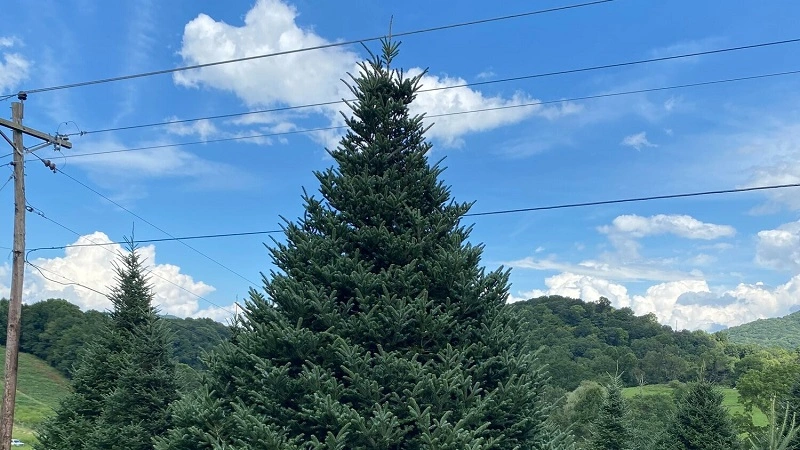
📍 À quoi ressemble l'épicéa de Serbie ?
L'épicéa de Serbie a des aiguilles qui poussent très densément. Elles sont d'un vert intense sur le dessus, et argentées sur le dessous. Elles sont également aplaties à leur extrémité.
📍 Épicéa de Serbie - quand le planter?
Il est important de planter l'épicéa de Serbie à un moment précis, afin que l'arbre puisse prendre racine. L'automne est la meilleure période pour planter cette espèce.
📍 Comment planter une haie d'épicéas de Serbie ?
Si vous voulez transformer les épicéas de Serbie en haie, gardez un espace de 50 centimètres entre les jeunes arbres. La profondeur du trou doit être exactement la même que celle de la pépinière, et les plants doivent être plantés en rangs serrés.
📍 Quel est l'espacement approprié pour les épicéas de Serbie ?
Si vous voulez planter un épicéa de Serbie, assurez-vous que les semis ont suffisamment d'espace autour d'eux. C'est important surtout si vous voulez créer une haie. 50 centimètres (1,6 pied) est l'espacement correct entre chaque arbre.
Articles de fond




